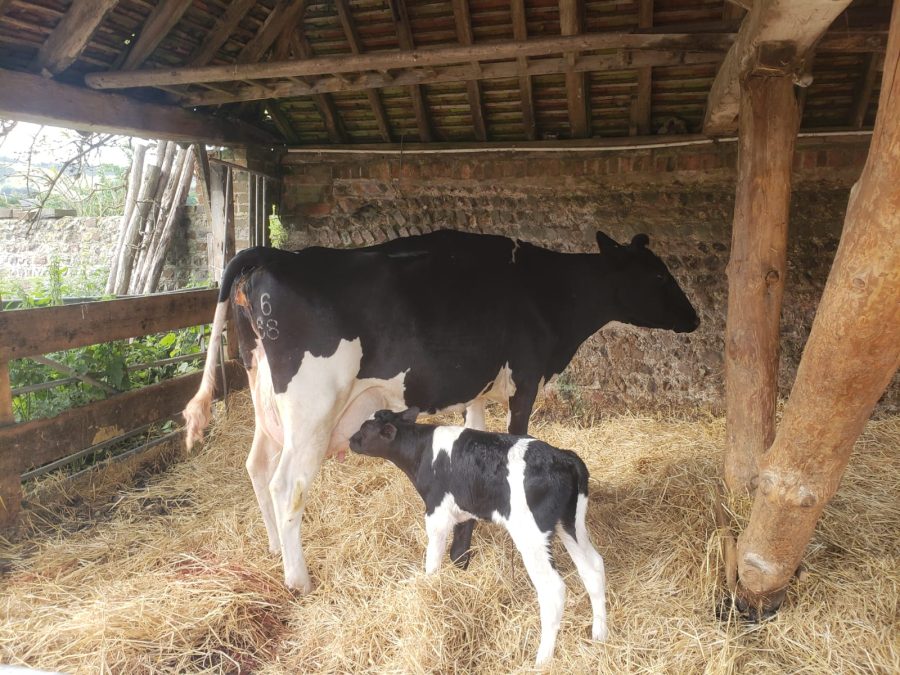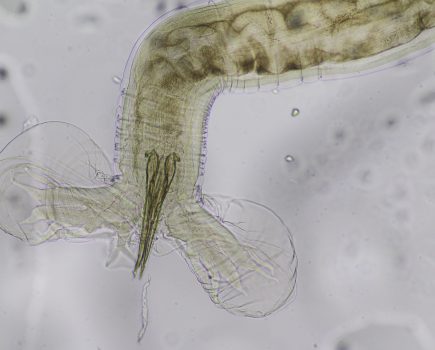As we have heard many times, colostrum is gold. It contains all the antibodies the calf needs to protect itself from disease in the first weeks of life. Failure of transfer from the dam to the calf will result in the calf becoming sick, for example navel ill or joint ill. A group of calves with poor immunity may be observed as scour or pneumonia outbreaks in the first few weeks of life, writes Leonille (Lilly) Griffiths BVSc MRCVS, Cliffe Veterinary Group.
The Three Qs are the foundation of good colostrum management: Quantity, Quality and Quickly. A calf should receive 10% of its body weight in the first six hours of life, repeated at 12 hours old.
After 12 to 24 hours the gut has ‘closed’ and so antibodies cannot be absorbed systemically but will still act locally in the gut, protecting the calf. It is beneficial, therefore, to give multiple colostrum feeds. It is more convenient to give the minimum required colostrum quickly by stomach tube as this ensures the calf’s requirement is met, but giving it by bottle helps the gut to act normally and bypass the rumen, reducing the risk of bloat.
How do you know that the quality of the colostrum you are giving is good enough to be effective?
Colostrum quality can be affected by age, parity and nutrition of the cow as well as by how quickly the colostrum is collected. The quality is measurable by BRIX refractometer. These can be purchased online and are accurate and easy to use.
Good quality colostrum will have a Brix reading of over 22%. Colostrum with a reading of less than this should be avoided or supplemented. Alternatively, a colostrometer can be used, but they are less practical as they should only be used at room temperature for accurate results. They are also very easy to break!
Any spare high-quality colostrum should be frozen for future use. Bacterial contamination of the colostrum will quickly reduce the quality, so correct storage is essential. Colostrum can be kept in the fridge for 24 hours or frozen for up to a year. Remember not to microwave the bag when thawing colostrum as it will destroy the all-important antibodies.
Do not feed calves colostrum or milk from cows that have ever tested positive for Johne’s Disease; they are at their most vulnerable to infection at this age. Avoid pooling colostrum from multiple cows for the same reason.
Successful colostrum management can be measured directly by blood sampling calves. A screen of six calves between one and seven days old can easily be done by your vet and results provided the same day. This allows earlier identification of issues in colostrum management if performed at critical stages of the calving block. Success can also be measured indirectly by recording neonatal calf disease and mortality.
Good colostrum management means happy calves and happy farmers!







